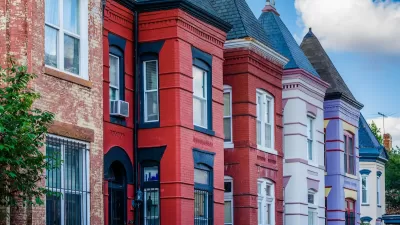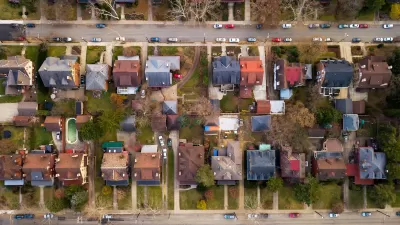A state law known as the Mount Laurel Doctrine mandates that each jurisdiction accommodate enough new housing units to meet the local demand for affordable housing.

In an article for the Morristown Daily Record, William Westhoven describes the tension between some New Jersey suburbs and the state government, which is calling on each local jurisdiction to accommodate enough housing production to meet demand and lower the cost of housing through its Mount Laurel Doctrine, a 1975 law strengthened by 2015 legislation. The doctrine is designed to ease zoning regulations that bar high-density housing.
The state’s Department of Community Affairs is calling for 85,000 new housing units, mostly in the northern part of the state. Some local officials, such as Parsippany Mayor James Barberio, say the push more higher-density housing could strain local infrastructure and budgets and force cities to “sacrifice quality for quantity.”
While some cities are fighting the mandates, others are building hundreds of units of new housing. According to the Fair Share Housing Center, “Since the reinvigoration of Mount Laurel enforcement in 2015, the rate of affordable housing production has nearly doubled.”
According to the DCA, their numbers are non-binding, and “Towns can present their own calculations or challenge the agency's determination based on issues including sewer capacity, slope angles on open space or other environmental concerns. Additional credits can be obtained for certain housing categories including group homes for individuals with disabilities.”
FULL STORY: NJ unveils new affordable housing obligations. How much does your town have to build?

Planetizen Federal Action Tracker
A weekly monitor of how Trump’s orders and actions are impacting planners and planning in America.

Congressman Proposes Bill to Rename DC Metro “Trump Train”
The Make Autorail Great Again Act would withhold federal funding to the system until the Washington Metropolitan Area Transit Authority (WMATA), rebrands as the Washington Metropolitan Authority for Greater Access (WMAGA).

The Simple Legislative Tool Transforming Vacant Downtowns
In California, Michigan and Georgia, an easy win is bringing dollars — and delight — back to city centers.

Albuquerque’s Microtransit: A Planner’s Answer to Food Access Gaps
New microtransit vans in Albuquerque aim to close food access gaps by linking low-income areas to grocery stores, cutting travel times by 30 percent and offering planners a scalable model for equity-focused transit.

This City Will Pay You to Meet Your Neighbors
A North Kansas City grant program offers up to $400 for residents to throw neighborhood block parties.

Commentary: Our Silence Will Not Protect Us
Keeping our heads down and our language inoffensive is not the right response to the times we’re in. Solidarity and courage is.
Urban Design for Planners 1: Software Tools
This six-course series explores essential urban design concepts using open source software and equips planners with the tools they need to participate fully in the urban design process.
Planning for Universal Design
Learn the tools for implementing Universal Design in planning regulations.
Smith Gee Studio
City of Charlotte
City of Camden Redevelopment Agency
City of Astoria
Transportation Research & Education Center (TREC) at Portland State University
US High Speed Rail Association
City of Camden Redevelopment Agency
Municipality of Princeton (NJ)





























